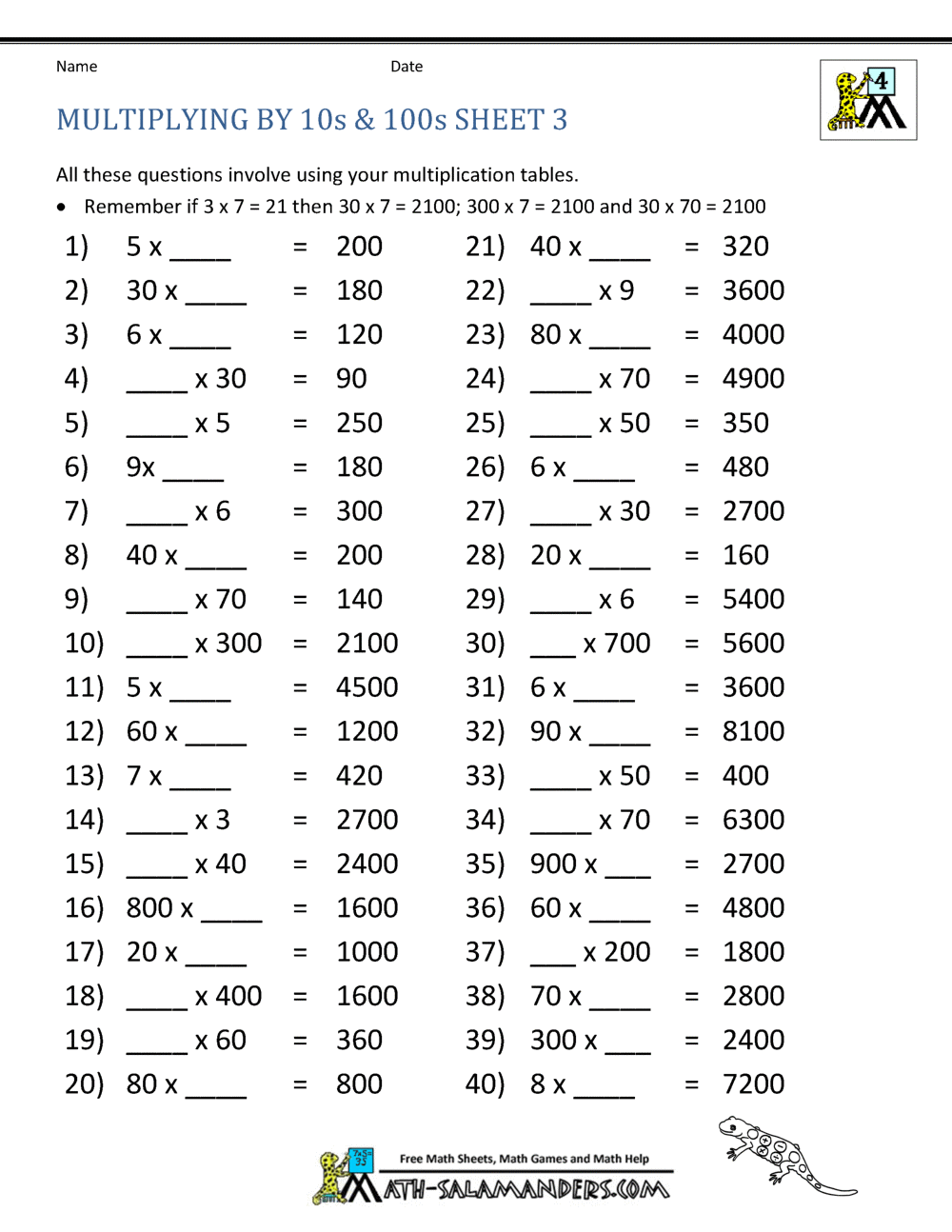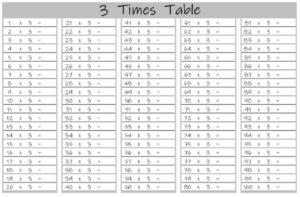


Output Enter the number you want to generate a multiplication table for, then hit the enter key:7 In line 5, we display the user given number, a multiplication sign, the current item in the series, an equals sign, and the value held by the result variable in each iteration. In line 4, we use the result variable to hold the value of the product of the user given number and the current item in the range. Next, in line 3, we initiate our for loop and define x as a variable to hold the items stored in the ourRange variable. In line 2, we define ourRange which includes numbers from 1 to 5. We convert the number to an integer data type by enclosing our input() in an int(). The multiplication table will be created for this number. In line 1, we request a number from the user. Loops are useful when we want to execute a line or block of code more than once, provided a condition is met or until we hit the last value in a series. Note: If only one parameter is specified, that parameter is classified as the stop parameter, while the start and step parameters are taken as 0 and 1, respectively. Step: The step size by which we want to increment or decrement our series. We iterate over the series while executing some lines of code until we arrive at the last number in the series. The range() function allows us to create a series of numbers automatically. Its presence makes our code more interactive. prompt: A string enclosed in single or double-quotes.If the required data type is not explicitly defined, any value provided by the user at the prompt is stored in memory as a string. The input() function is used to accept input from the user. In Python, we can create a multiplication table for any number by combining the input() and range() functions with a loop statement.


 0 kommentar(er)
0 kommentar(er)
